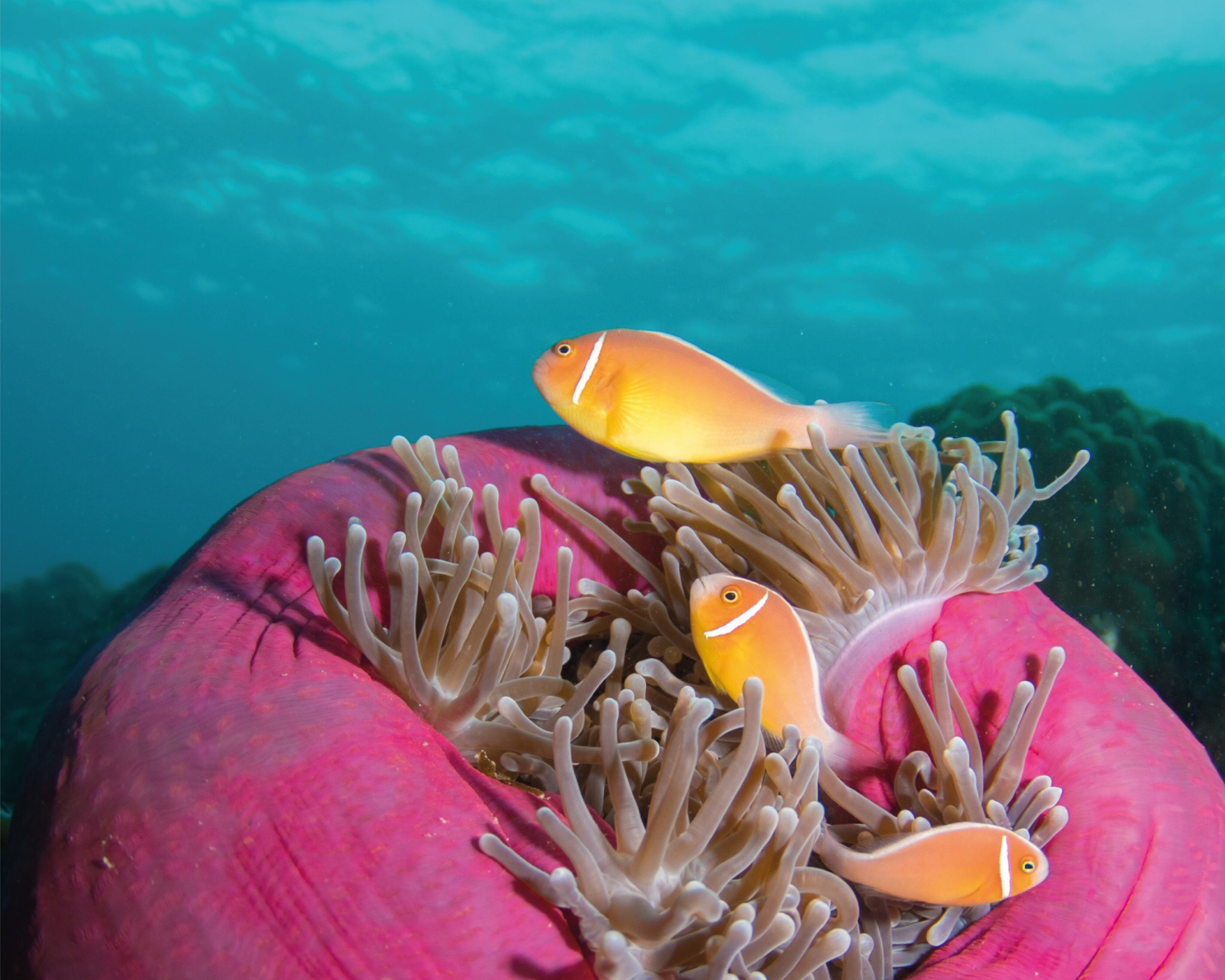Just like the Minions, some invertebrate animals are soft and blobby. Let’s dive in and explore
Invertebrates are animals that don’t have a backbone like humans do. More than 90% of all the animals on Earth are invertebrates. These animals can either live in the sea (like the ones below) or on land, such as insects, worms and spiders.
Sea anemones
The sea anemone comes in different shapes, sizes and colours. They protect themselves by using their tentacles to sting predators with venom. They live on the sea floor or in rock pools and usually stay in one place, except for when they are in danger. They like to eat fish, worms, mussels and plankton.
Octopuses
An octopus is known for its eight long limbs that suck on the things they touch. They are so squishy that they can squeeze themselves into small spaces. They can also change colour to blend in with their surroundings, which helps them to hide from predators. Octopuses use their beaks to eat things such as lobsters, crabs and shrimp. They also have three hearts!
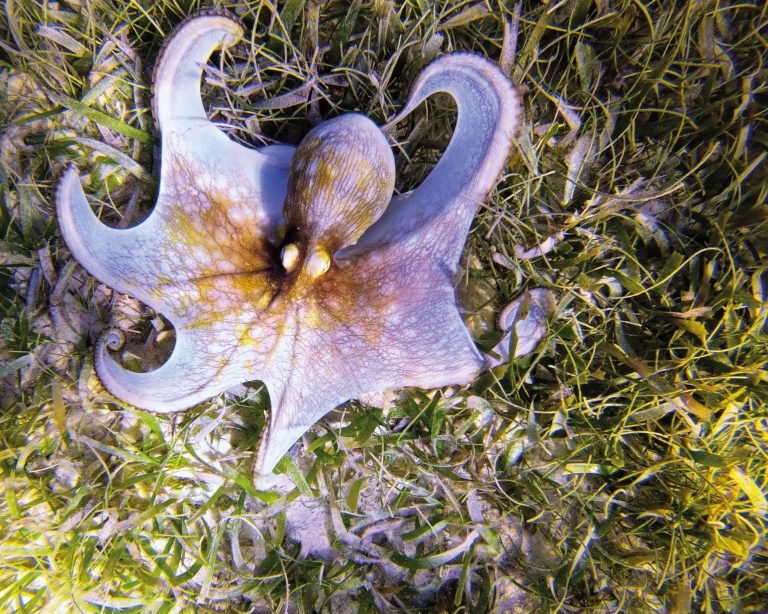
Jellyfish
These jelly-like creatures only live for about one year in the wild. Some are tiny while others can grow as long as two metres. There are jellyfish that are transparent (see-through) and others that are brightly coloured. Did you know that some jellyfish are bioluminescent? This means that they can make their own light. How cool is that?!
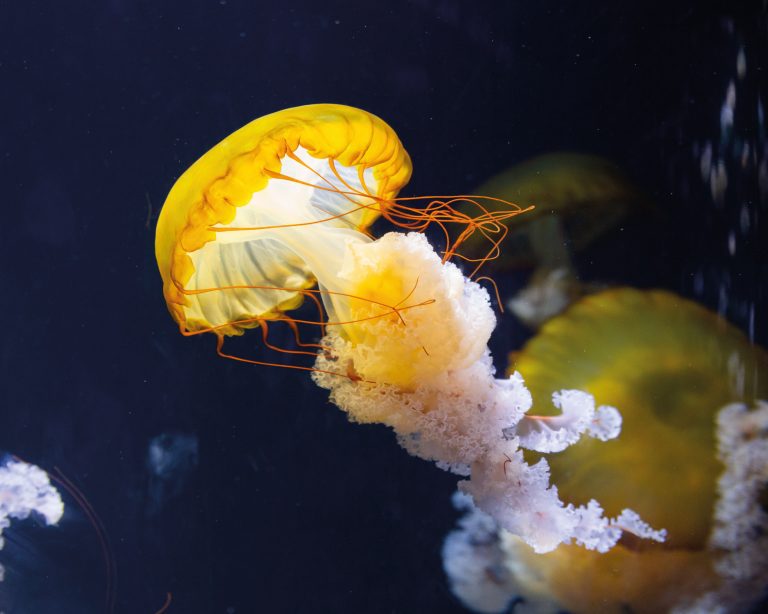
Sea cucumbers
These invertebrates are named sea cucumbers because they look similar to the cucumbers we eat. Like many of the other animals we’ve mentioned, sea cucumbers also come in various sizes and colours. They move very slowly and can usually be found on rocks in shallow water, where they feed on mud and algae.
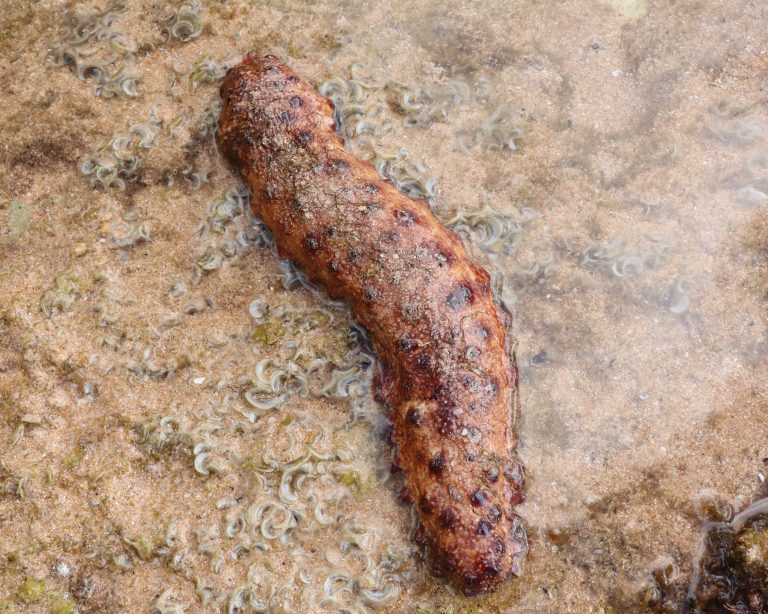
Sponges
We’re not talking about the sponge our parents use to clean the dishes with. Instead, we are talking about sea sponges. These interesting creatures have an important job to do in the ocean. They clean the seawater by sucking it through their bodies and releasing it again, almost like a little filter system.
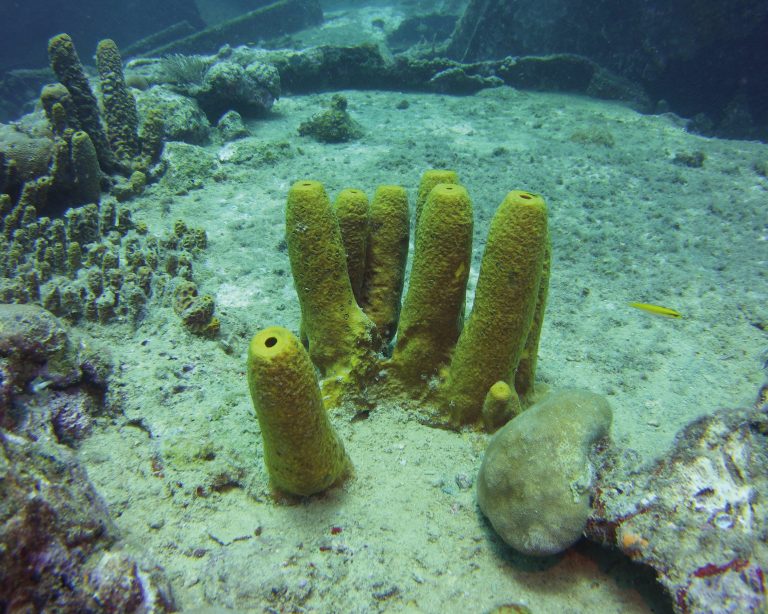
Words by Bianca Muller
Photography: Courtesy Images



